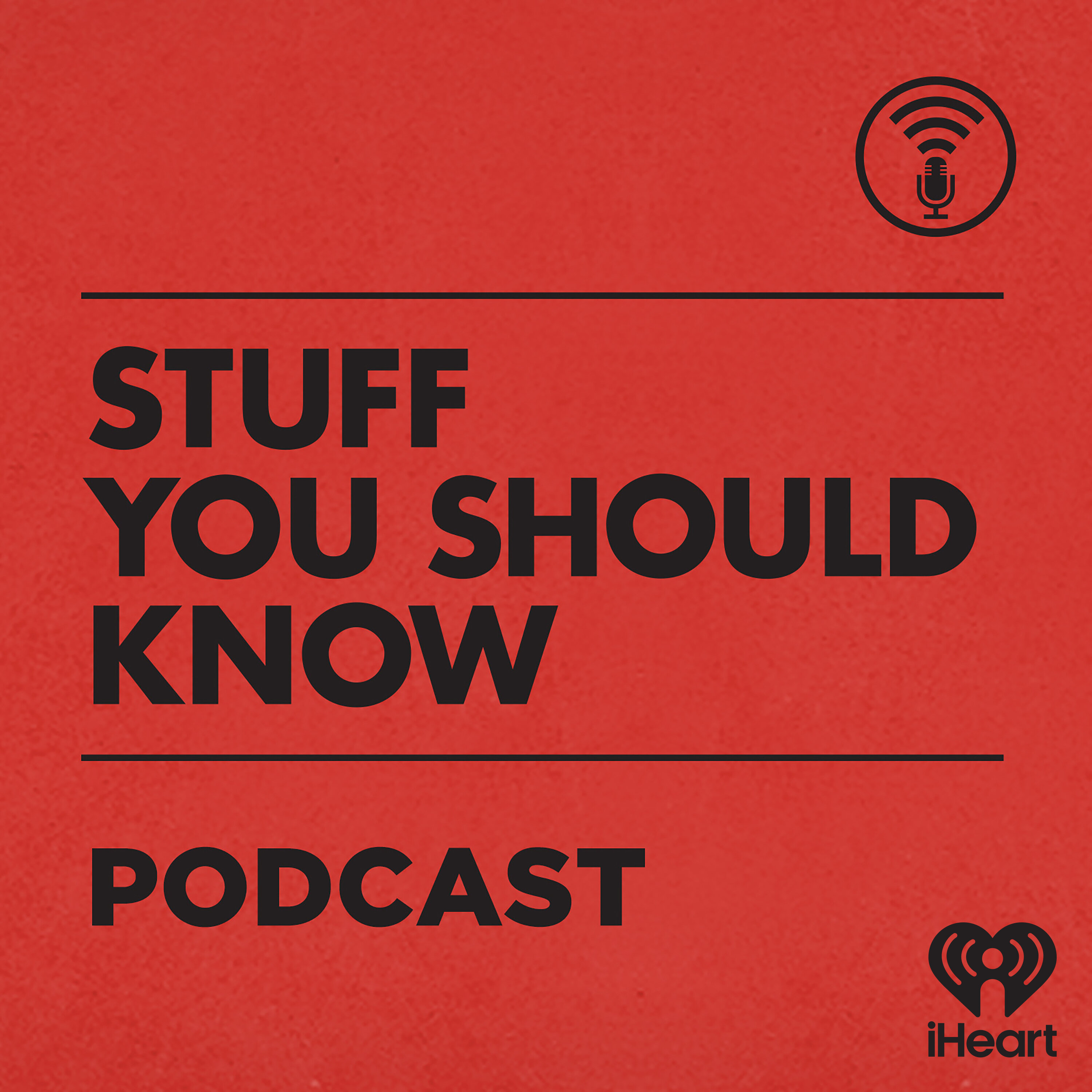
A Think First Podcast with Jim Detjen
Think First is a short-form podcast that makes you pause — before you scroll, share, or believe the headline.
Hosted by Jim Detjen, a guy who’s been gaslit enough to start a podcast about it, Think First dives into modern narratives, media manipulation, and cultural BS — all through the lens of gaslighting and poetic truth.
Some episodes are two minutes. Some are ten. It depends on the story — and the energy drink situation.
No rants. No lectures. Just sharp questions, quick insights, and the occasional laugh to keep things sane.
Whether you’re dodging spin in the news, politics, or that “trust me, bro” post in your feed… take a breath. Think first.
Visit Gaslight360.com/clarity to sharpen your BS filter and explore the 6-step clarity framework.
🚨Distorted (Advanced Copy) is set to release on October 14, and pre-orders are now available on Amazon and Barnes & Noble.
Reserve your copy today — and join me in cutting through the distortion.
Paperback and Kindle: Amazon
Hardcover: Barnes & Noble
A Think First Podcast with Jim Detjen
🔍 Ep. 3 The Cindy James Tapes · Patterns of Fear
By 1983, Cindy James had reported over a dozen attacks.
But each incident followed the same script:
No witnesses.
No suspects.
No evidence.
Police began to doubt her.
Doctors prescribed medication.
And her own family struggled to keep up.
But what if the repetition was the point?
What if the perpetrator knew exactly how to make it all look suspicious — just enough to be dismissed?
In this episode, we examine the turning point when the system stopped protecting Cindy… and started watching her instead.
Stay sharp. Stay skeptical. #SpotTheGaslight
Read and reflect at Gaslight360.com/clarity
This episode is based on real events and verified records. While the case remains unsolved, all accounts have been cross-checked against public sources and witness testimony. Listener discretion is advised. It was January, cold, wet 1984. Cindy James had been reporting threats for almost two years now Anonymous phone calls, threat notes, dead cats. She told police someone was stalking her, but they never caught anyone. No evidence, no fingerprints, no suspect, just Cindy Telling the same story again and again. And now that story was about to get even harder to believe.
Speaker 1:She had recently hired a private investigator. His name was Ozzy Caban. He gave her a two-way radio, installed extra lights around the house, a panic button. She was living in fear. But the police? They were losing interest. So on January 30th 1984, when the radio crackled with garbled static, ozzie rushed to her home. He got there fast, but not fast enough. Inside he found Cindy lying in the hallway, semi-conscious, disoriented, a paring knife stabbed through her left hand, pinning a note to the floor that read You're dead, bitch. Let that image sit with you. Someone stabbed her through the hand and left a handwritten threat, or she did it herself? That's the question that changed everything. At the hospital, cindy said she remembered a man with a needle. She felt a prick in her arm. Then she blacked out. Toxicology later confirmed she had been drugged Morphine. But there was no needle at the scene, no syringe, no forced entry, no sign of a break-in, just the aftermath and Cindy.
Speaker 1:That same week she moved again. Different house, new address, same fear. But the terror followed and it was getting more theatrical, more precise, more cinematic. A few months later her friends, tom and Agnes Woodcock, stayed the night at Cindy's. At around 3 am the house caught fire. Not a kitchen fire, not a candle. It started in the basement. Someone had said it intentionally. Phone lines cut, front door left wide open. Tom ran outside to find help and spotted a man standing at the curb. He called out. The man bolted into the darkness. Who was he? Nobody knows.
Speaker 1:Police arrived after the fire had already been extinguished and again, no fingerprints, no leads. Cindy told them she had been walking her dog when the fire started At 3 am. That didn't sit right with the investigators. They noted it in the report Odd behavior, timeline unclear. The implication was subtle, but it was there. She might have done this herself and that idea that maybe Cindy was staging these events started growing, not just with the police but with everyone.
Speaker 1:Later that year her doctor committed her to a psychiatric facility, involuntarily Ten weeks. He said she was suicidal, but Cindy insisted she wasn't. She said she was trying to protect her family, that the stalker had threatened to kill her mother and sister if she talked. So she stayed quiet and when she spoke she spoke in riddles, half-truths, vague references, cryptic statements. Her friends and family were torn. Some believed her, others weren't so sure anymore, because the events kept happening, but always just out of sight and the evidence always vanished. Still there were witnesses, people who saw the aftermath. Agnes, for one, had found Cindy with strangulation marks. The private investigator had seen the knife-in-hand scene with his own eyes. Her ex-husband got threatening calls on his answering machine, but none of them ever saw the attacker, not once.
Speaker 1:And so the police started asking a darker question Was Cindy James just unlucky or was she mentally ill? They floated theories Munchausen syndrome, borderline personality disorder, factitious disorder, disorder, conditions where people harm themselves or fake harm to get attention. And Cindy's evasiveness didn't help. Sometimes she'd lie about details, about timing, even about people. At one point police discovered she was still in contact with her ex-husband, despite telling them she'd cut him off. Why lie? Was she hiding something, protecting someone, or was she unraveling?
Speaker 1:In her private journals, cindy wrote about being terrified, confused, tired of being doubted. At one point she wrote I feel like I'm losing my mind, but I know. This is real. Her therapist, dr Alan Connolly, would later testify. Cindy knew she was being disbelieved and that was what slowly drove her crazy. But which came first, the disbelief or the delusion? Was she really being gaslit by a stalker or by the entire system?
Speaker 1:Here's what we know she was drugged, she was stabbed, her house was set on fire. The threats were real, the handwriting, the notes, the phone calls, all documented, but no one was ever seen. No one was ever caught. And Cindy was the only common denominator. The deeper the story got, the less people could explain it, and so they stopped trying. She became the woman who cried wolf, even if there was a wolf. And yet there's one detail no one could explain. At 5 feet 2, 110 pounds, with a needle mark in her arm and a toxic dose of morphine in her system, could Cindy James really have stabbed herself through the hand with perfect placement and no hesitation? Or is that the moment the illusion cracked? Next episode her final days, the cryptic message, the disappearance and the body that changed everything. I'm Jim Detchen. This is Think First the Cindy James Tapes, and the line between fear and fiction is about to vanish completely.
Podcasts we love
Check out these other fine podcasts recommended by us, not an algorithm.

The Megyn Kelly Show
SiriusXM
Hidden Brain
Hidden Brain, Shankar Vedantam
The Tucker Carlson Show
Tucker Carlson Network
Cato Podcast
Cato Institute
The Joe Rogan Experience
Joe Rogan
Common Sense with Dan Carlin
Dan Carlin
The Clay Travis and Buck Sexton Show
iHeartPodcasts
Revisionist History: The Alabama Murders
Pushkin Industries
Freakonomics Radio
Freakonomics Radio + Stitcher
Fearless with Jason Whitlock
Blaze Podcast Network
The Daily Beans
MSW Media
The Glenn Beck Program
Blaze Podcast Network
Countermine
Dondi&Karlin
The Shawn Ryan Show
Shawn Ryan
Left, Right & Center
KCRW
Political Gabfest
Slate Podcasts
Stuff You Should Know
iHeartPodcasts
TED Talks Daily
TED
The Fifth Column
Kmele Foster, Michael Moynihan, and Matt Welch
The Jesse Kelly Show
iHeartPodcasts
The Jordan B. Peterson Podcast
Dr. Jordan B. Peterson
